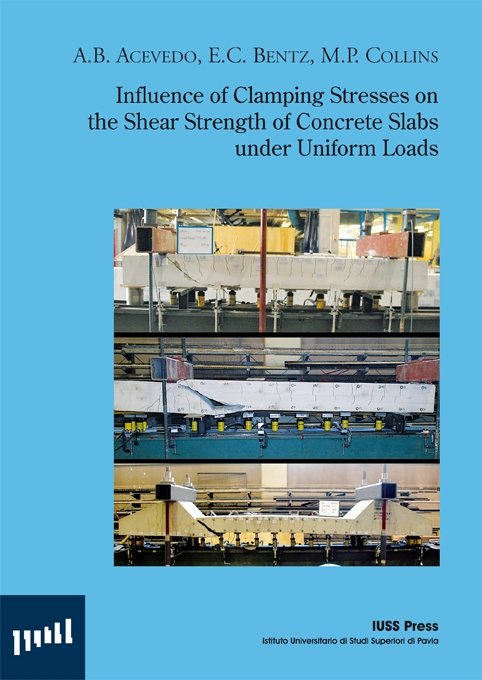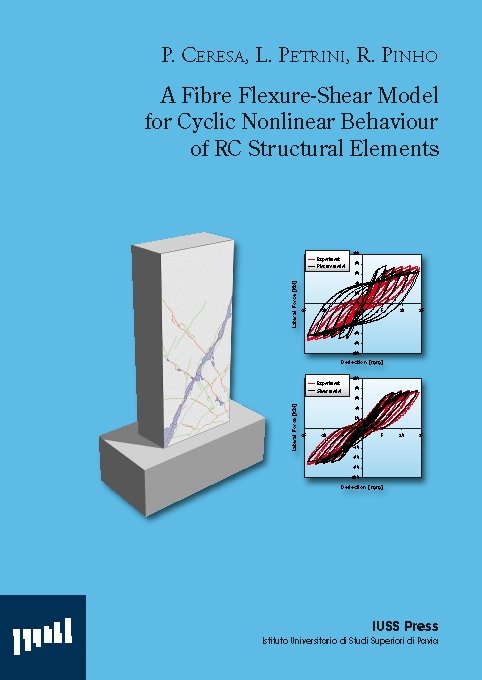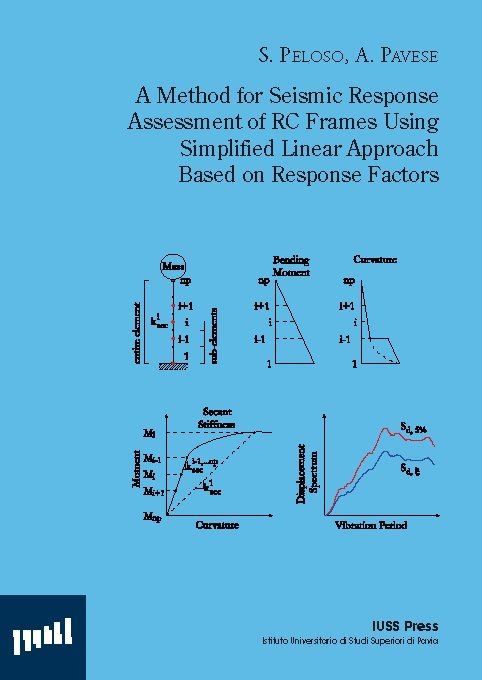Catalogue

Influence of Clamping Stresses on the Shear Strength of Concrete Slabs under Uniform Loads
24/05/2008
A Fibre Flexure-Shear Model for Cyclic Nonlinear Behaviour of RC Structural Elements
24/07/2008A Method for Seismic Response Assessment of RC Frames Using Simplified Linear Approach Based on Response Factors
Original price was: € 25,00.€ 20,00Current price is: € 20,00.
S. Peloso, A. Pavese
Research Report Rose 2008/06
ISBN: 978-88-6198-024-2
Several non-linear static procedures (NSP) have been developed in the past years as the results of the complexity inherent in the non-linear time-history analysis making it impractical for the everyday engineering practice.
FUORI CATALOGO
Several non-linear static procedures (NSP) have been developed in the past years as the results of the complexity inherent in the non-linear time-history analysis making it impractical for the everyday engineering practice. The objective of these simplified procedures is to try to assess the behaviour of structures directly accounting for their performances in the inelastic range. Nevertheless, the most common NSP evaluate the structural capacity through pushover analysis: a method still under development and not free from limitations. Focusing on bi-dimensional frames, the objective of the research work presented herein was to try to develop an assessment procedure, named Secant Modes Superposition (SMS) method, trying to extend to the non-linear case the well-known modal response spectrum analysis. Performing an eigen analysis on an equivalent linear structure the method derives all the quantities of interest (e.g. maximum storey displacements, inter-storey drifts and storey shear) by combining the corresponding modal contributions. Iteration are required for the definition of the characteristics of the equivalent structure while response indices are used to check the convergence of the procedure assuring the compatibility of all the quantities called into play. The hysteretic dissipation capacity of the structure is accounted for through the derivation of the over-damped or inelastic displacement spectrum used to represent the seismic input. Worth to mention is also another results given by the method: the plastic hinge distribution is obtained being an useful tool for the identification of potential local collapse mechanisms. Application of the SMS method to 6 case study frames was used to optimise and validate the developed procedure. The outcomes of the study seems to indicate that the SMS method is able to reasonably assess the quantities of interest and to recognise the actual collapse mechanism. Furthermore, higher modes effects and structural irregularity does not seem to affect the accuracy of the results.

